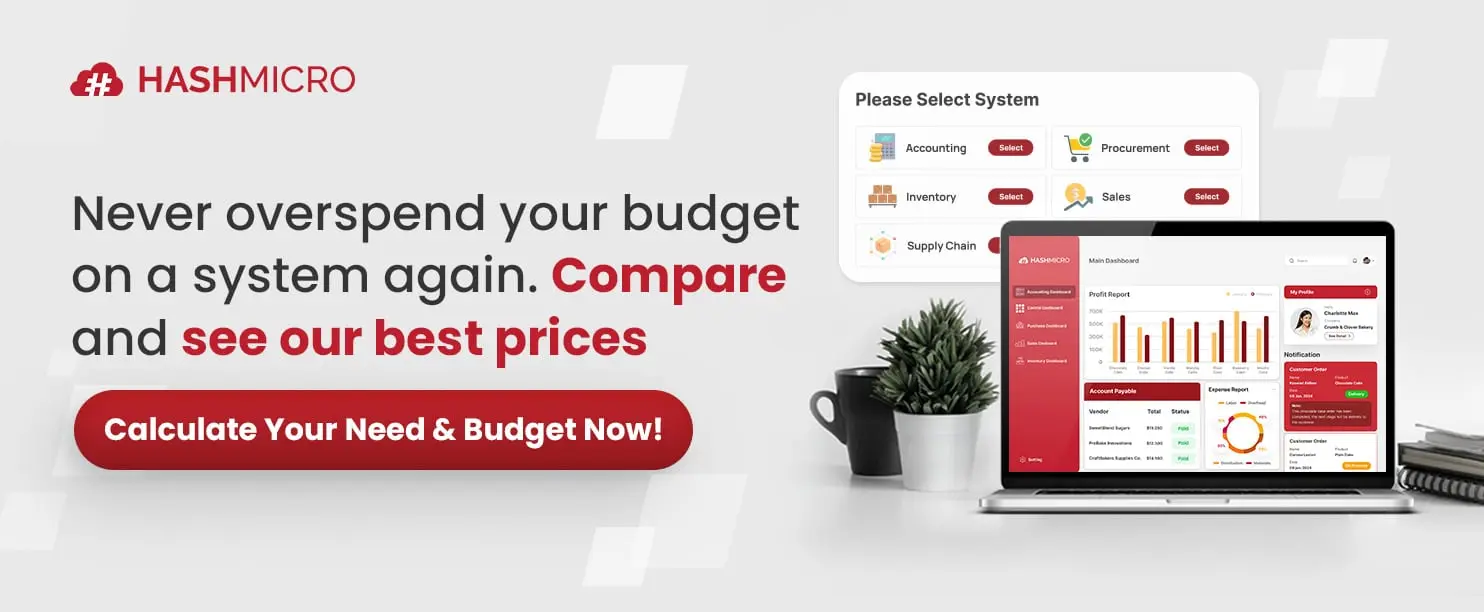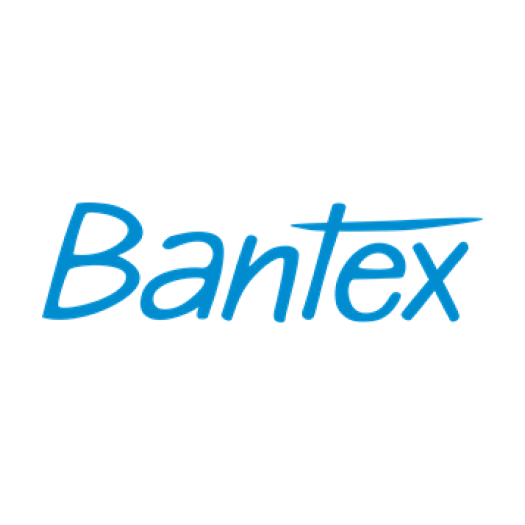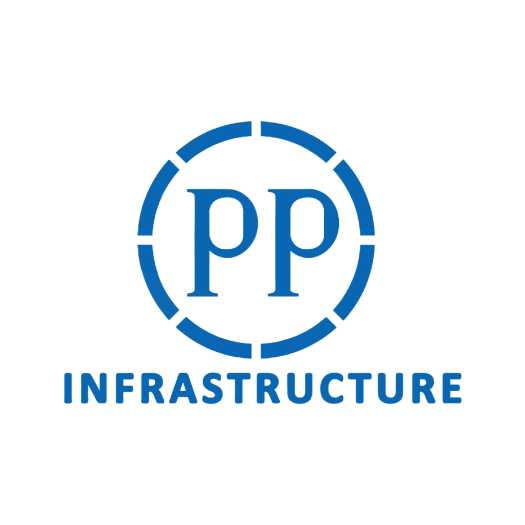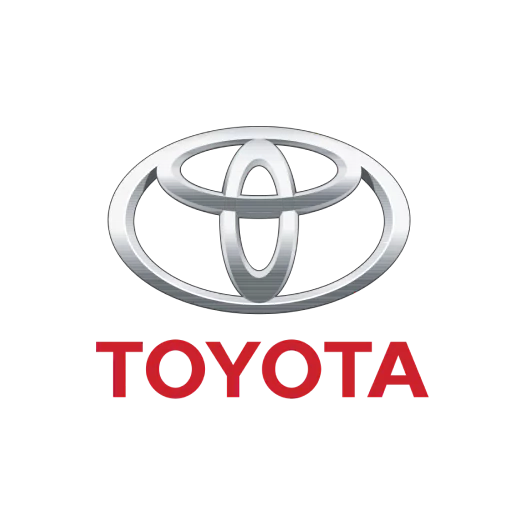I often see businesses struggle because they rely on intuition rather than data, which makes effective project control impossible. Without a solid system, projects quickly veer off course, leading to confusion and missed targets.
This lack of oversight causes budget overruns and delays, but implementing modern ERP software solves this by centralizing data. It transforms uncertainty into measurable predictions, ensuring that every project phase remains aligned with your strategic goals.
In this article, I will explore the essential strategies and tools for mastering project control. Read on to discover how you can safeguard your project’s success and profitability.
Key Takeaways
|

What Exactly Is Project Control?
Project control is a systematic process of gathering and analyzing data to predict and influence outcomes regarding time, cost, and quality. It acts as a proactive navigation system, preventing projects from straying from their intended baselines.
This function is typically executed by project controllers or managers who monitor specific metrics to identify potential issues early. They ensure stakeholders remain informed and that decisions are always backed by accurate, real-time information.
Why Project Control Is the Key to Your Project’s Success
Relying on assumptions creates significant risk, whereas a robust control system provides the data-driven framework necessary for success. Here are the fundamental reasons why this discipline is crucial for any business initiative.
- Enhancing project visibility and transparency: It provides real-time data that offers a clear status picture to all stakeholders, eliminating grey areas. This transparency ensures everyone shares a common understanding of progress and challenges.
- Supporting data-driven decision-making: Managers can transform raw data into actionable insights to make smarter and more timely decisions. This allows teams to proactively identify negative trends before they escalate into major crises.
- Controlling costs and maintaining the budget: Monitoring expenditures against the budget baseline acts as the first line of defense against financial overruns. Teams can track actual costs and forecast totals to ensure the project remains profitable.
- Mitigating risks and managing change: The system incorporates continuous risk identification, allowing teams to be proactive rather than reactive. It ensures that any proposed changes are carefully evaluated to prevent uncontrolled scope creep.
The Fundamental Difference Between Project Control and Project Management
While often used interchangeably, these two disciplines have distinct focuses that complement each other for optimal results. The table below outlines the specific differences between leading a project and controlling its parameters.
| Aspect | Project Management | Project Control |
|---|---|---|
| Primary Focus | Leading, directing, and motivating the team. | Measuring, analyzing, and correcting data. |
| Role Analogy | The Ship’s Captain (Sets destination). | The Navigator (Monitors the map and route). |
| Main Goal | Delivering the project deliverables successfully. | Ensuring alignment with time and cost baselines. |
Key Components of a Project Control Framework
An effective system relies on interconnected components that provide a comprehensive view of project health. Integrating these elements allows teams to manage every aspect holistically, ensuring no detail is overlooked.
- Cost management: This component involves planning and controlling expenses to keep the project within the approved budget. For example, teams use Earned Value Management to track spending against work completed.
- Schedule management: It ensures timely completion by planning activities and continuously monitoring progress against the timeline. Project controllers analyze the critical path to identify delays and adjust resources accordingly.
- Risk management: The goal is to identify potential threats early and develop mitigation plans to minimize their impact. This includes creating a risk register to document probabilities and response strategies for uncertain events.
- Change management: This process formally evaluates every proposed scope change to prevent unauthorized deviations. It ensures that any adjustment to the plan is documented and approved before implementation.
- Performance measurement and reporting: Data from all components is collected to generate reports on Key Performance Indicators like CPI and SPI. These reports provide stakeholders with the vital information needed to assess project status accurately.
The Process of Project Control Implementation
Implementing this system is a continuous cycle that begins during planning and persists until project completion. Following these structured steps ensures a strong foundation for monitoring and efficient corrective action.
- Stage 1: Planning
The team defines the scope and deliverables in detail using a Work Breakdown Structure. This step involves drafting initial resource plans to prevent ambiguity later in the lifecycle.
- Stage 2: Baseline setting
You must establish realistic baselines for scope, schedule, and cost to serve as performance benchmarks. These reference points should only be altered through a formal change control process.
- Stage 3: Performance monitoring and measurement
Regular collection of actual field data is essential to compare progress against the established baselines. Consistent tracking ensures the team has an up-to-date picture of project status.
- Stage 4: Analysis and forecasting
Variance data is analyzed to understand the causes of deviations and forecast future outcomes. This step provides early warnings regarding budget overruns or potential schedule delays.
- Stage 5: Reporting
Analysis results are converted into concise reports that highlight risks and key performance metrics. Clear communication here facilitates quick decision-making and keeps all stakeholders aligned.
- Stage 6: Corrective action
Significant deviations require immediate intervention, such as reallocating resources or adjusting strategies. The cycle then returns to monitoring to measure the effectiveness of the changes made.
Common Challenges in Implementing Project Control and Their Solutions
Despite the benefits, implementation often faces technical and human hurdles that can hinder effectiveness. Anticipating these obstacles allows teams to prepare strategies that ensure the control system functions smoothly.
- Poor or inconsistent data quality: Obtaining accurate field data is difficult, often leading to unreliable analysis and flawed decisions. Standardizing collection processes and using digital validation tools effectively solves this integrity issue.
- Resistance to change from the team: Staff may view strict controls as an administrative burden, leading to pushback against new protocols. Communicating the value of data and involving the team in process design helps build necessary buy-in.
- Lack of adequate tools and technology: Manual spreadsheets are inefficient for complex projects and prone to human errors that disrupt collaboration. Investing in automated software streamlines data collection and frees up time for strategic analysis.
The Role of Technology in Optimizing Project Control
Digital tools are essential for overcoming the limitations of manual methods in modern project environments. Leveraging technology elevates the control process by enhancing accuracy, speed, and data integration.
- Centralized ERP Systems: These platforms provide a single source of truth by integrating data from procurement, HR, and finance. For instance, an ERP ensures that labor costs are automatically updated across all project reports.
- Cloud Automation: Cloud-based tools facilitate real-time collaboration and trigger automatic alerts when deviations occur. This technology allows managers to respond instantly to budget spikes without waiting for end-of-month reports.
- Integrated Management Software: Specialized software unifies scheduling and cost tracking within a single connected ecosystem. It empowers decision-makers with real-time visibility into resource utilization and overall project health.
Optimize Your Project Management with Solutions from HashMicro
HashMicro ERP Software offers an integrated platform that automates complex tracking processes. It centralizes your operations, allowing data from various departments to flow seamlessly into your project analysis.
- Budget S-Curve Management: The system automatically plots planned versus actual expenditure data to visualize spending patterns.
- In-Depth Job Estimates (RAB): It compiles material and labor costs to generate detailed project cost structures.
- Progressive Claims (Risalah) Management: This feature tracks contract stages and calculates claim amounts based on verified work progress.
- Real-Time Project Dashboard: It aggregates live data from all modules to display key performance indicators on a single screen.
- Integrated with Accounting & Inventory: The software automatically syncs financial transactions with the general ledger to prevent data entry duplication.
Experience how this system can transform your project efficiency by automating your administrative tasks. Click here to try our free demo and see the solution in action.
Conclusion
Project control is a strategic discipline that ensures initiatives are completed on time and within budget. It provides the visibility and data needed to navigate risks and maintain quality standards throughout the lifecycle.
Implementing HashMicro ERP Software equips your team with the tools necessary to automate this complex process. This integration ensures that every decision is based on accurate, real-time information rather than guesswork.
Do not let uncertainty derail your business goals; take charge of your project’s future today. Schedule a free demo to discover how our technology can secure your success.
FAQ about Project Control
-
What is the most important first step in project control?
The most crucial first step is to establish a clear and realistic baseline for scope, schedule, and cost. Without a solid baseline, you will have no valid basis for measuring performance or identifying deviations.
-
Is project control only relevant for large construction projects?
No, the principles of project control are relevant for all types and scales of projects, from software development and marketing campaigns to event planning. While the complexity of tools and processes can be adjusted, the fundamental logic of planning, measuring, and correcting remains equally important.
-
How often should project control reports be created?
The frequency of reporting depends on the project’s duration, complexity, and phase. For fast-moving or critical-phase projects, weekly reporting may be necessary. However, for longer, more stable projects, monthly reporting is often sufficient.
-
What is Earned Value Management (EVM) in project control?
EVM is a project performance measurement technique that integrates scope, schedule, and cost. It allows you to objectively measure project performance by comparing the amount of work completed with the cost incurred, providing metrics such as CPI and SPI.



